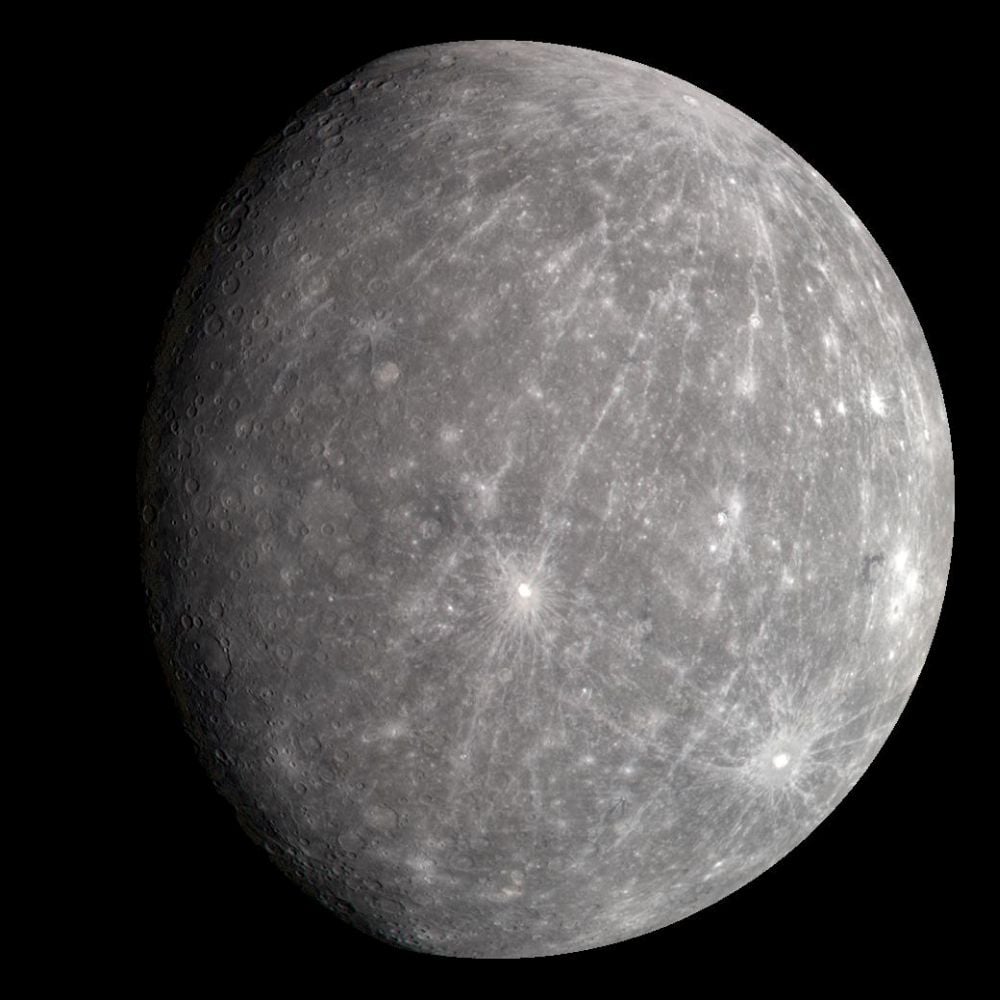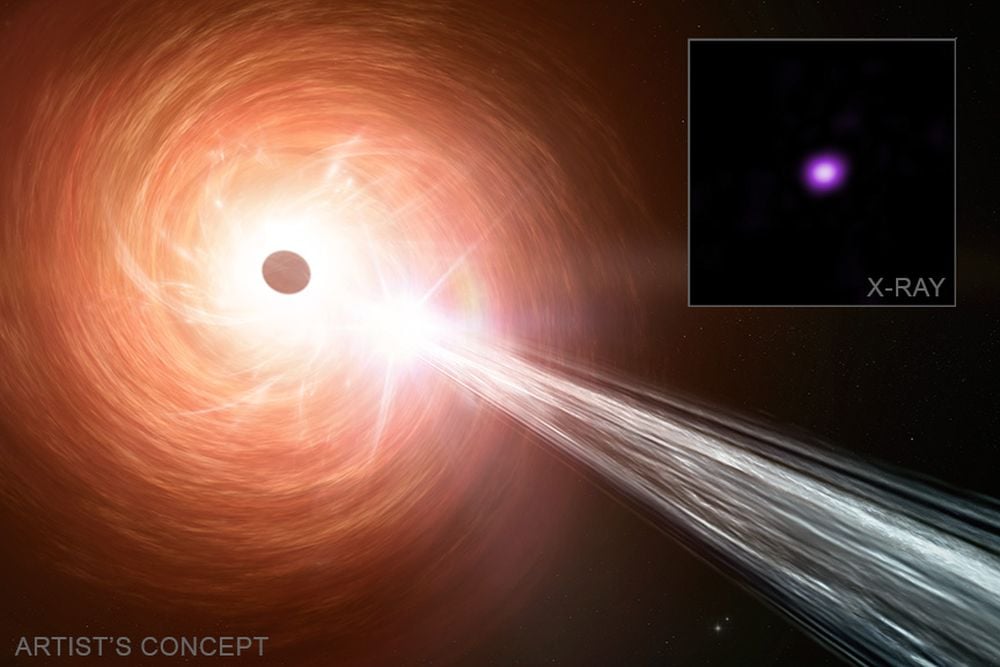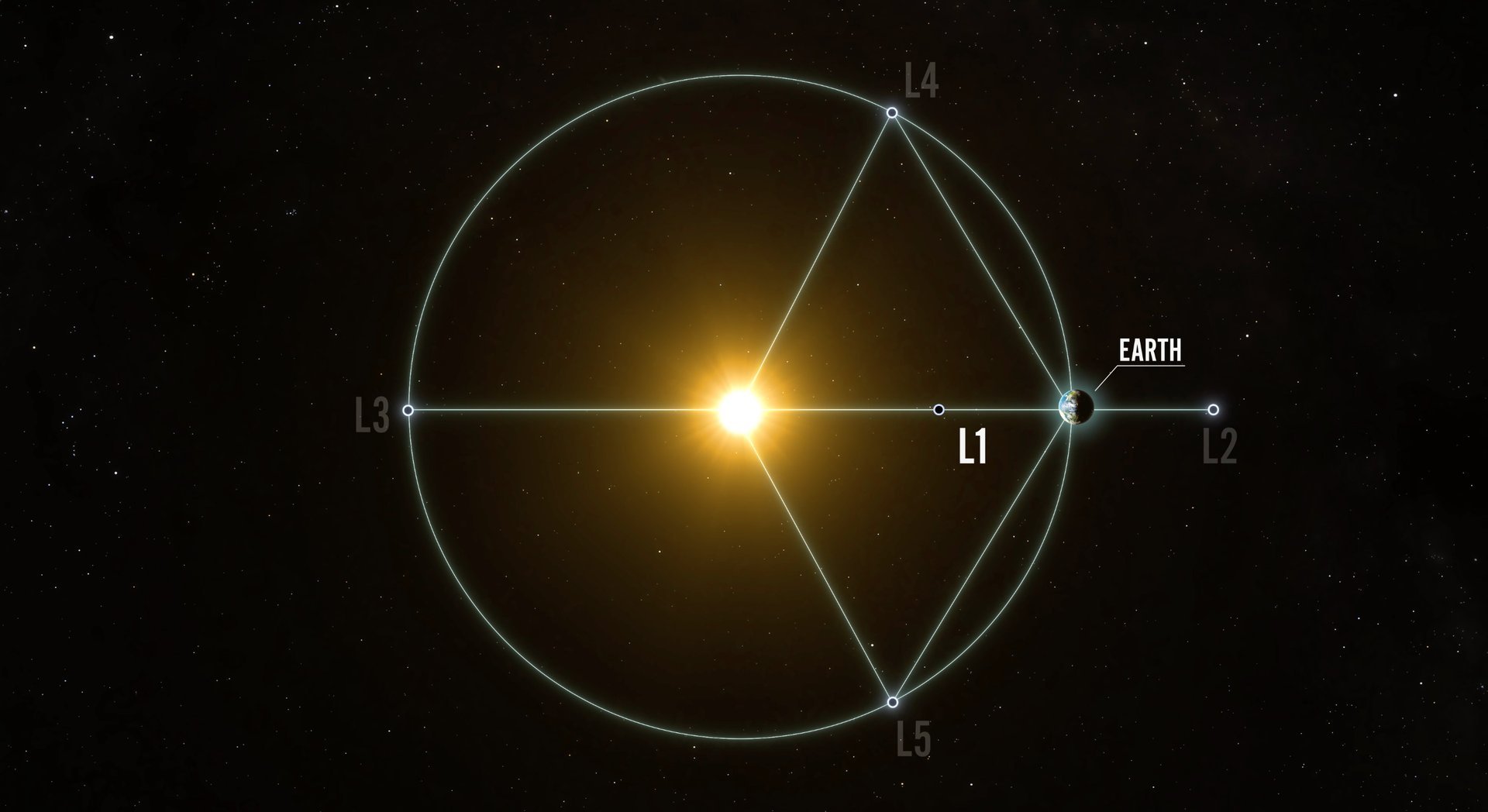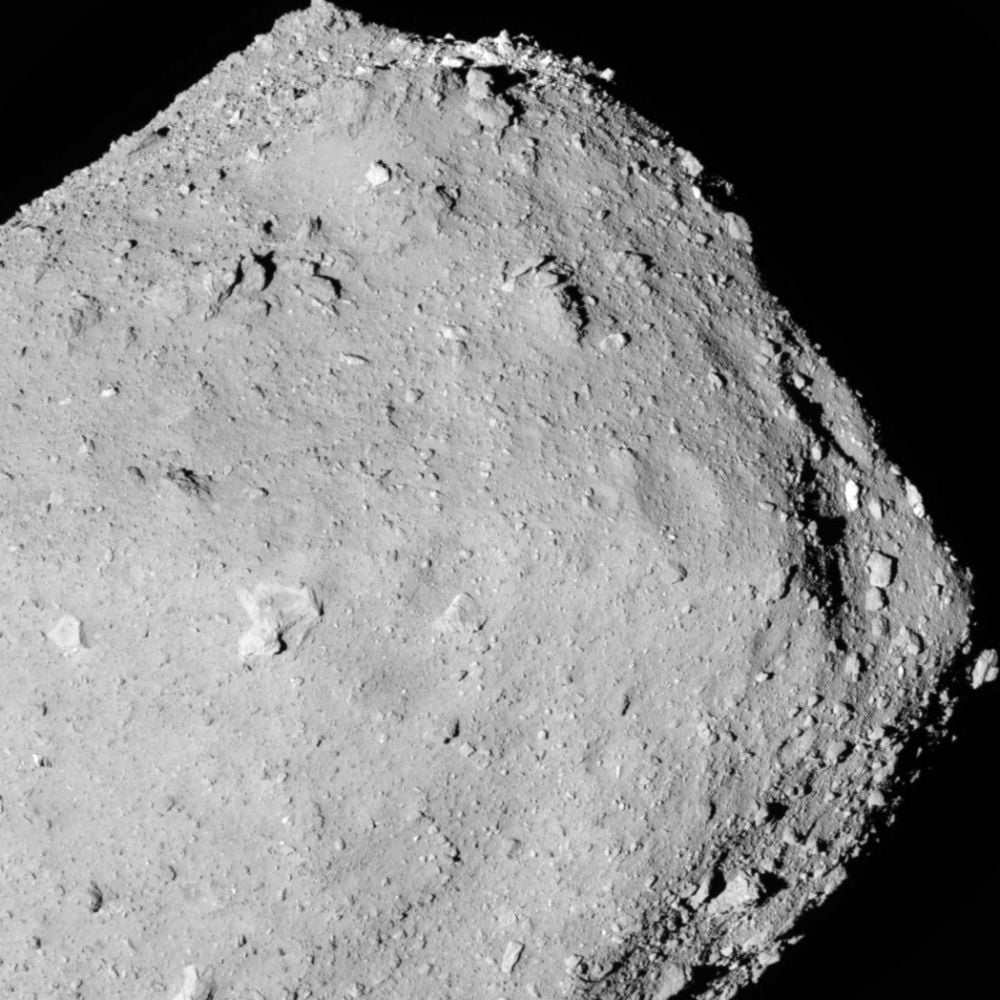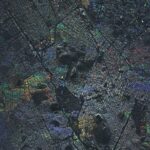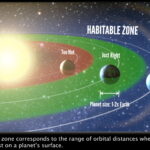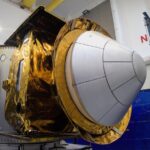Mercury’s large metallic core is 70% of its mass, which is way more than the other rocky planets. Scientists have wondered if a collision with a much larger body stripped
NASA’s Chandra X-ray space telescope has found a black hole that’s growing at an extremely rapid pace. The telescope is seeing the black hole, which has about one billion solar
A NASA mission to study the heliosphere—the sun’s magnetic bubble that shields our solar system—and develop a better understanding of space weather was launched from the agency’s Kennedy Space Center
An international collaboration of astronomers, including researchers from the University of Toronto, have detected the brightest Fast Radio Burst (FRB) to date—and have been able to pinpoint its location in
For 24 hours a day, seven days a week since November 2000, NASA and its international partners have sustained a continuous human presence in low-Earth orbit, including at least one
Some NASA missions are designed for very specific tasks, but all of them help feed into our understanding of our universe, and in some cases our pale blue dot, work.
Researchers working with a sample from asteroid Ryugu discovered that water flowed on the asteroid almost one billion years after it formed. The finding suggests that carbon-rich asteroids could’ve delivered
An international study led by researchers at São Paulo State University (UNESP) in Brazil has identified a little-known but potentially significant threat: Asteroids that share Venus’s orbit and may completely
NASA on Tuesday said it was on track to send astronauts to orbit the moon in early 2026, as the United States races China to return to the lunar surface.
A research team led by Prof. Tan Peng from the University of Science and Technology of China (USTC) of the Chinese Academy of Sciences has revealed the temperature regulation mechanism
-
 012024 in Review: Highlights from NASA in Silicon Valley
012024 in Review: Highlights from NASA in Silicon Valley -
 02Panasonic Leica Summilux DG 15mm f/1.7 ASPH review
02Panasonic Leica Summilux DG 15mm f/1.7 ASPH review -
 03How New NASA, India Earth Satellite NISAR Will See Earth
03How New NASA, India Earth Satellite NISAR Will See Earth -
 04And Thus Begins A New Year For Life On Earth
04And Thus Begins A New Year For Life On Earth -
 05Astronomy Activation Ambassadors: A New Era
05Astronomy Activation Ambassadors: A New Era -
06SpaceX launch surge helps set new global launch record in 2024
-
 07Space Force plans new ‘Futures Command’ amid pressure to speed up modernization
07Space Force plans new ‘Futures Command’ amid pressure to speed up modernization


